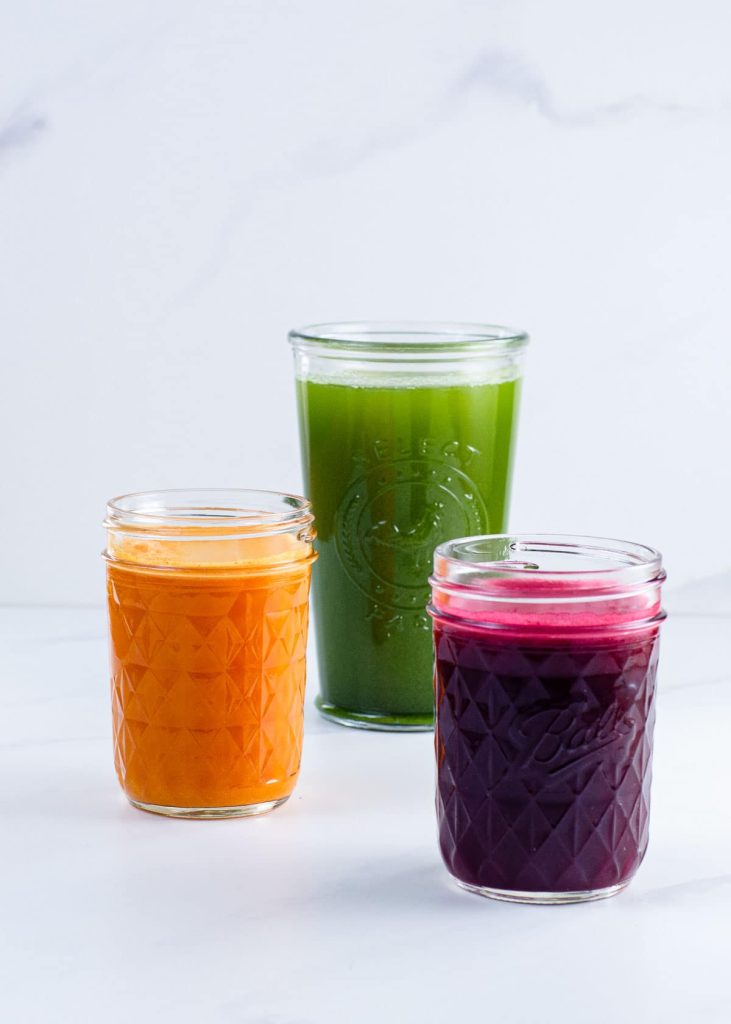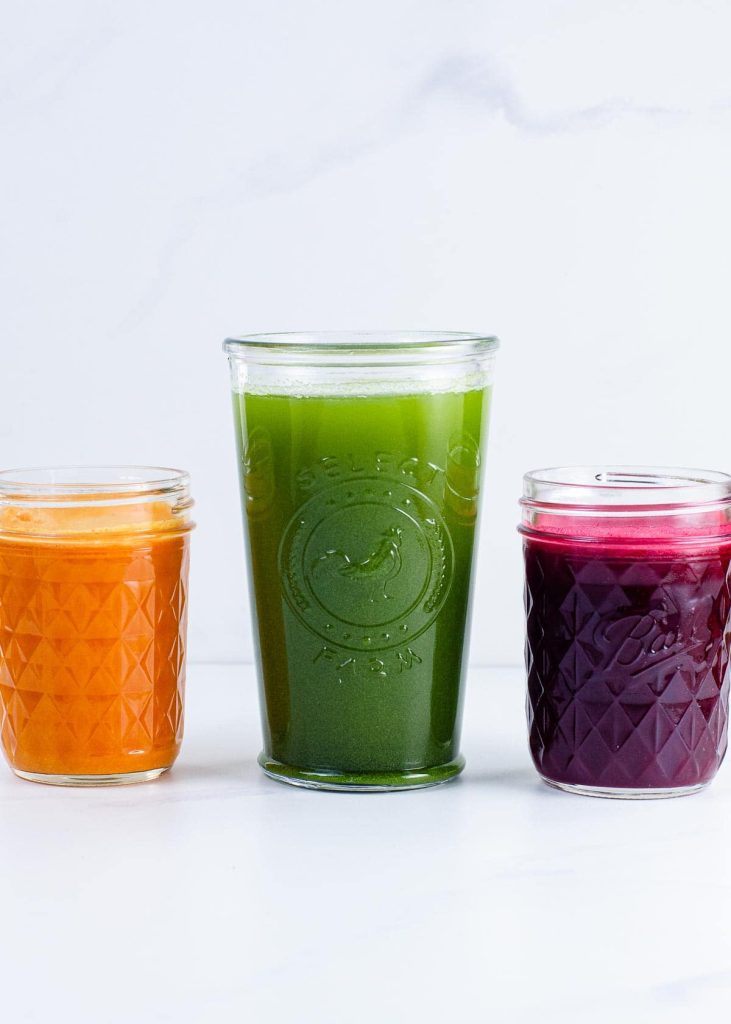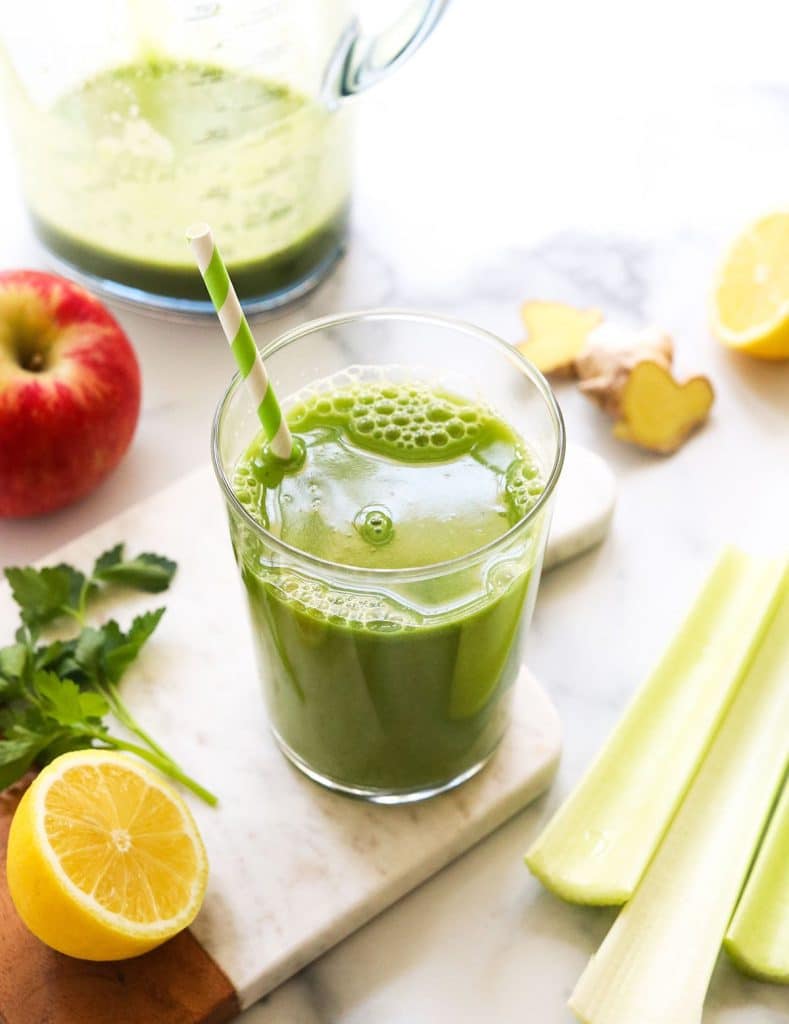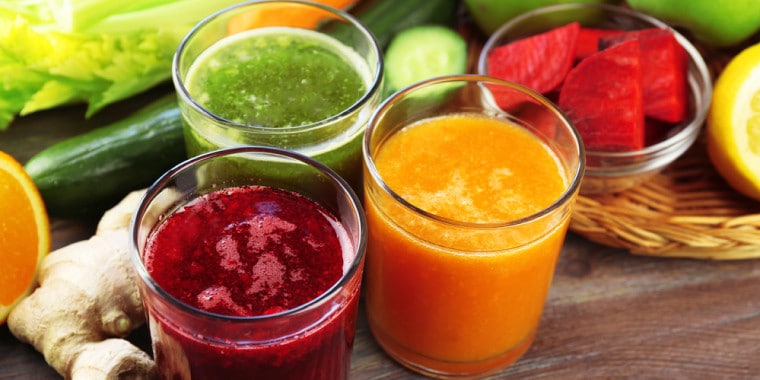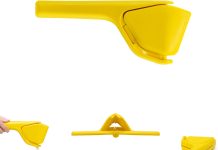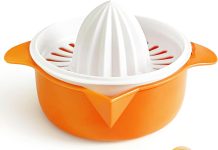In the world of juicing, the question of how much prep work is needed for juicing ingredients often comes up. Whether you’re a seasoned juicer or just getting started, understanding the necessary steps before tossing your ingredients into the juicer can make all the difference in the taste and quality of your juice. From washing and peeling to chopping and segmenting, the amount of prep work needed can vary depending on the specific fruit or vegetable. In this article, we will explore the importance of prep work and share some helpful tips to ensure that your juicing experience is both efficient and delicious. So, let’s roll up our sleeves and get ready to juice!
Review contents
Preparation Work for Juicing Ingredients
Juicing is a fantastic way to incorporate more fruits and vegetables into our daily routine. Not only does it provide us with essential vitamins and nutrients, but it also allows for endless flavor combinations to tantalize our taste buds. However, before we can enjoy a fresh glass of juice, there is some preparation work that needs to be done. In this article, we will guide you through the various steps of preparing ingredients for juicing, ensuring that you get the most out of your juicing experience.
This image is property of umamigirl.com.
Choosing the Right Ingredients
The first step in preparing ingredients for juicing is selecting the right produce. We want to pick fruits and vegetables that are ripe, flavorful, and have the highest nutritional value. When it comes to fruits, look for those that are firm, evenly colored, and free from any bruises or blemishes. For vegetables, opt for those with vibrant colors and crisp textures. Remember, the quality of the ingredients will directly impact the taste and nutrients of your juice.
Washing and Cleaning
Before juicing any fruits or vegetables, it is crucial to wash and clean them thoroughly. Even if the produce appears clean, it may still contain dirt, pesticides, or other contaminants. To remove these impurities, simply rinse the produce under cold running water. For firmer produce, like apples or cucumbers, use a scrub brush to ensure a thorough cleaning. By taking this simple step, we can minimize the risk of consuming any unwanted substances and enjoy a clean and safe juice.
Peeling and Removing Seeds
While some fruits and vegetables can be juiced with their peel intact, others may require peeling to improve the taste and texture of the juice. For example, citrus fruits like oranges or lemons often have a bitter taste in their peel, which can affect the overall flavor of the juice. In such cases, it is best to remove the peel before juicing. Additionally, certain fruits, like apples or pears, may have seeds that can be unpleasant to consume. To avoid any unwanted bitterness, it is essential to remove these seeds before juicing.
Cutting and Chopping
After washing and peeling, it’s time to cut and chop the ingredients to a size that will fit into your juicer. This step not only ensures a smoother juicing process but also helps extract the maximum amount of juice from the produce. Depending on the type of juicer you have, you may need to cut the ingredients into smaller pieces. For example, if you have a centrifugal juicer, which typically has a smaller feeding chute, it is advisable to cut the produce into small chunks. On the other hand, if you own a masticating juicer, which usually has a wider feeding chute, you can cut the ingredients into larger pieces.
This image is property of umamigirl.com.
Blanching or Steaming
Blanching or steaming is an optional step in the preparation process, especially if you are planning to juice certain vegetables like kale or spinach. Blanching involves briefly immersing the vegetables in boiling water and then transferring them to an ice bath to stop the cooking process. This step helps to soften the vegetables, making them easier to juice. Steaming is another method that can be used to achieve similar results. By lightly steaming vegetables before juicing, you can enhance their texture and increase the extraction of nutrients.
Removing Rind or Pith
Some fruits, such as oranges or grapefruits, have a thick and bitter pith that can affect the taste of the juice. To avoid this bitterness, it is advisable to remove the pith before juicing. A sharp knife or a citrus zester can be used to carefully remove the pith, leaving only the juicy fruit segments. Additionally, certain fruits may have a tough rind, like watermelon, which needs to be removed to prevent clogging in your juicer and ensure a smooth juicing process.
This image is property of i2.wp.com.
Soaking or Sprouting
For those who enjoy incorporating nuts or seeds into their juices, soaking or sprouting them beforehand can be beneficial. Soaking nuts and seeds, such as almonds or chia seeds, helps to remove any enzyme inhibitors and make them more digestible. Sprouting involves allowing the nuts or seeds to germinate, unlocking their potential nutritional benefits. By soaking or sprouting these ingredients, we can enhance their taste and promote better nutrient absorption when consumed in juice form.
Freezing or Refrigerating
To ensure the freshness and longevity of your ingredients, it is essential to store them properly. If you are not able to juice all your produce immediately, consider freezing or refrigerating them. Freezing fruits and vegetables is an excellent way to preserve their nutritional value. Simply cut the produce into smaller pieces and store them in airtight containers or freezer bags. Refrigeration is suitable for fruits and vegetables that do not freeze well or are best consumed fresh. By storing your ingredients correctly, you can prevent spoilage and always have a supply of fresh produce ready for juicing.
This image is property of detoxinista.com.
Organizing and Storing
Maintaining an organized and well-stocked pantry will make the process of juicing much more enjoyable and efficient. Designate an area in your kitchen specifically for juicing ingredients. Use containers or baskets to keep produce neatly arranged and easily accessible. Consider using labels to differentiate between different fruits and vegetables or to indicate which items need to be juiced sooner. By creating an organized system, you can save time searching for ingredients and ensure that nothing goes to waste.
Prepping in Advance
If you lead a busy lifestyle or want to enjoy a hassle-free juicing experience, prepping in advance can be a game-changer. Take some time during the week to wash, cut, and store your ingredients in individual portion sizes. This will save you time and effort when it comes to juicing. You can even try prepping large batches of juice and storing them in airtight containers for convenience. Keep in mind that some fruits and vegetables may oxidize and lose their nutritional value over time, so it is best to consume your prepped juice within a day or two.
In conclusion, preparing ingredients for juicing may seem like a laborious task, but it is undoubtedly worth the effort. By choosing ripe and fresh produce, washing them thoroughly, peeling and removing seeds when necessary, and cutting them to size, we set the foundation for a delicious and nutritious juice. Optional steps such as blanching, removing rind or pith, soaking or sprouting, and storing the ingredients correctly further enhance the juicing experience. Whether you are a seasoned juicer or just starting out, following these preparation steps will ensure that you make the most out of your juicing journey. So, grab your favorite fruits and vegetables, get your juicer ready, and enjoy a refreshing glass of goodness!
This image is property of images.heb.com.


